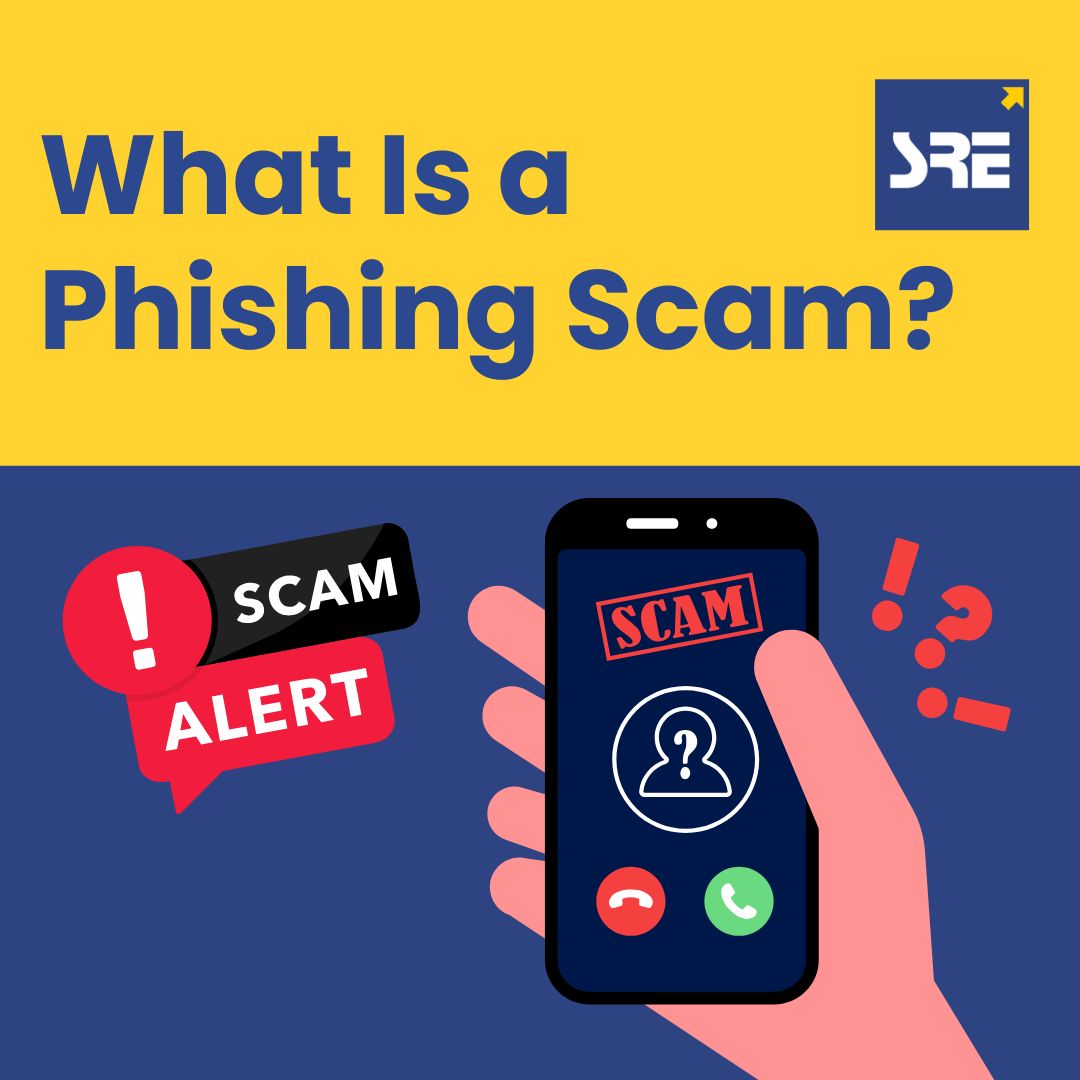
What Is a Phishing Scam and How to Protect Your Bank Account?
by SRE Desk on 01 Oct 2025 04:53:52
Overall RATE (0.0)
In today’s digital-first world, nearly every aspect of life from shopping and bill payments to banking and investments runs through our phones and laptops. This convenience comes with a downside: it has also created fertile ground for cybercriminals. One of the most common and dangerous tricks they use is the phishing scam.
Phishing scams are designed to trick you into revealing personal or financial details, such as bank account numbers, Aadhaar details, login credentials, card numbers, or OTPs. In India, the rise of UPI transactions, online banking, and digital wallets has made phishing even more lucrative for fraudsters. According to RBI data, reported cases of online fraud have doubled in the last three years, and phishing is often at the heart of these crimes.
So how does phishing work, what are the warning signs, and most importantly, how can you protect yourself? Let’s break it down.
What Is a Phishing Scam?
Phishing is a type of cyber fraud where scammers pose as trusted entities — banks, telecom operators, government agencies, or even delivery companies — to steal sensitive data.
These scams often arrive in the form of:
-
Emails that look like they’re from your bank.
-
SMS messages urging you to update your KYC or else your account will be blocked.
-
Phone calls pretending to be from a bank official.
-
Fake websites that look exactly like legitimate portals but are designed to capture your details.
The goal is always the same: to get you to share information that gives them access to your money.
How to Recognise a Phishing Scam
Phishing attempts often play on urgency and fear. The message might say:
-
“Your ATM card will be deactivated unless you click this link.”
-
“Confirm a transaction of ₹20,000 you just made.”
-
“Update Aadhaar with your account to avoid account suspension.”
The trick is to make you panic and act before thinking. Once you click a fake link or share your details, scammers can drain your account within minutes.
Red Flags: Signs of a Phishing Email or Message
Here are common giveaways that you’re dealing with a phishing attempt:
-
Poor spelling, grammar errors, or awkward phrasing.
-
Links that don’t match the official bank or government website (hover to check before clicking).
-
Requests for confidential details like your password, CVV, or OTP.
-
Email addresses with unusual domains (e.g., @bank-secure.com instead of @bank.com).
-
Threats of account suspension, blocked cards, or legal action if you don’t respond quickly.
Legitimate banks never use these tactics. If you see these signs, it’s a red flag.
How to Detect Phishing Calls
Not all phishing is digital — many scams still happen over the phone. A common script is someone posing as a “bank manager” or “government officer” asking you to “verify” your identity. They may demand your debit card number, CVV, or OTP to “fix” a supposed issue.
Remember: no bank, RBI, or government official will ever ask for OTPs or PINs over a call. If you get such a call, hang up immediately. Instead, dial your bank’s official helpline listed on their website.
How to Prevent Phishing Attacks
The good news is that phishing only works if you take the bait. By building safe digital habits, you can protect yourself:
-
Never share OTPs, PINs, or passwords on calls, emails, or SMS.
-
Type website addresses manually instead of clicking links sent in messages.
-
Avoid unknown downloads — don’t install apps or open attachments from strangers.
-
Update your devices regularly; updates often patch security weaknesses.
-
Enable two-factor authentication (2FA) wherever possible for extra protection.
-
Use official banking apps downloaded only from Google Play or the Apple App Store.
Cybersecurity is like locking your front door — it only works if you do it every time.
Protecting Your Bank Account in India
With the boom in UPI, mobile wallets, and instant transfers, Indian consumers need to be especially cautious. Here are India-specific steps:
-
Stick to UPI apps verified by NPCI, such as BHIM, PhonePe, Paytm, or Google Pay.
-
Regularly check your bank statements and SMS alerts for suspicious activity.
-
If you suspect fraud, contact your bank immediately. Quick action often reduces losses.
-
Report phishing attempts to the National Cyber Crime Reporting Portal (cybercrime.gov.in) or call 1930, the government’s helpline for reporting online fraud.
-
Stay informed about new scam tactics; RBI, SEBI, and banks frequently issue alerts.
Awareness is your strongest defence.
Final Thoughts
Phishing scams are not new, but they are becoming more sophisticated. The best defence is awareness. Learn the signs, pause before clicking, and never share confidential details with unverified sources.
Banks, regulators, and fintech platforms are strengthening security, but ultimately, protecting your money begins with you.
And for investors and traders, it’s just as important to choose a trusted, secure platform. Institutions like SRE emphasize compliance, transparency, and investor protection — ensuring that when you trade or invest online, your financial information remains safeguarded.
Stay alert, stay informed, and remember: the easiest way for scammers to succeed is by catching you off guard. Don’t give them that chance.